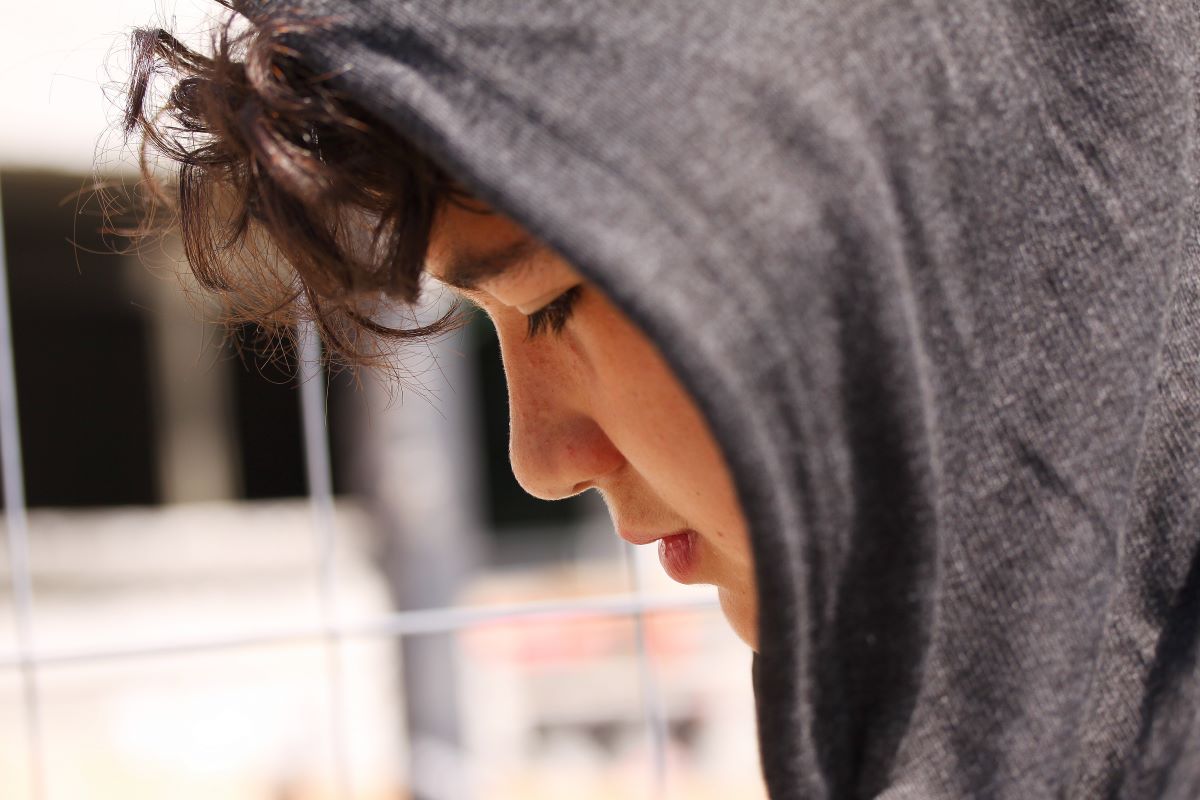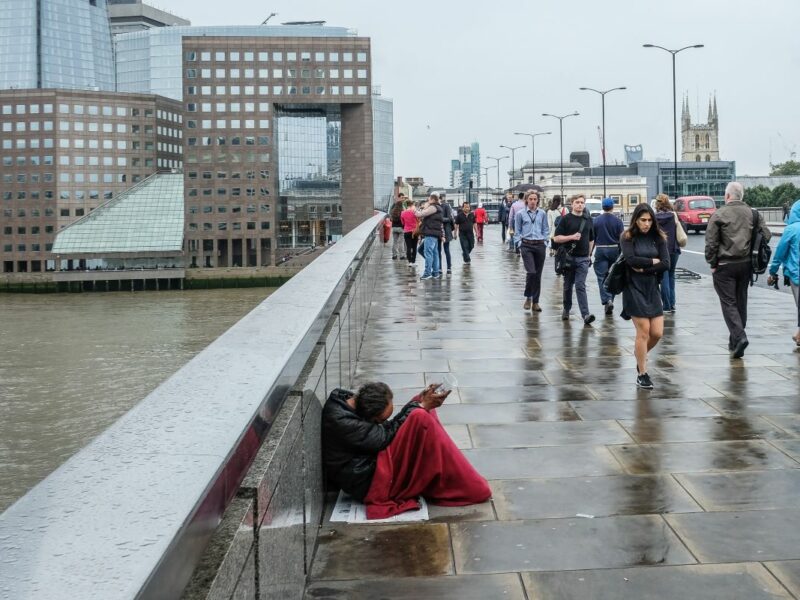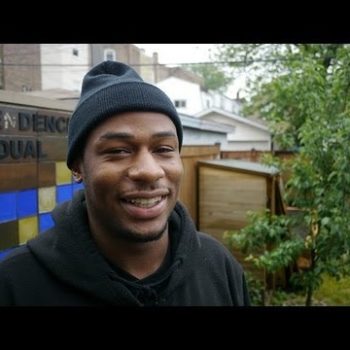Arizona has the highest increase in youth homelessness among all the states in the United States. According to Annual Homelessness Assessment Report (AHAR) to Congress, youth homelessness in Arizona has increased by 44.9% compared to 2020.
The case of Arizona is alarming as many other big states, such as California, New York, and Florida, have seen a decrease in youth homelessness. National organizations in Arizona, such as Homeless Youth Connection, argue that the increase in youth homelessness is connected to increased housing demand. This has led to increases in rental prices that have forced many families onto the streets.
In addition to youth homelessness, Arizona has seen overall homelessness increase by 23.4% compared to 2020.
Rental unaffordability is the main factor in rising youth homelessness; COVID made reaching out to unhoused youth extremely challenging.
According to national nonprofit organizations in Arizona, the main reason behind youth homelessness is increasing rental prices.
Dawn Bogart, Co-CEO of Homeless Youth Connection, the leading organization in Arizona dealing with youth homelessness, says that many youths have become homeless because their families have been forcefully evicted due to high rental prices. Another trend that Bogart talks about is that many units are being built in Arizona; however, once they are completed, they are further renovated. Renovations make the property attractive, enabling the building owners to charge higher rent prices.
The COVID pandemic also made reaching out to unhoused youth challenging, so providing aid and help to unhoused youth was unsuccessful.
Homeless Youth Connection and other organizations dealing with youth homelessness collaborate with schools to identify unhoused youth and offer them temporary housing. During COVID, all the schools had to be closed. This meant that the schools or the organizations could not identify many youths who became homeless during that time and, as a result, could not offer them temporary housing or other necessary resources.
Family Environment Is a Big Contributor to Youth Homelessness
Besides rental affordability, another well-documented reason not mentioned in the Assessment report for youth homelessness is the family environment.
According to Invisible People, when youth grow up in an environment where physical/sexual abuse and substance abuse is normalized, that creates immense trauma within the youth. The estimation is that among unaccompanied youth, 40 to 60% experience physical abuse, and 20 to 40% experience sexual abuse.
If the parents have significant substance abuse issues, the children run away from their houses to look for places where they can live safely.
Besides Youth Homelessness, Arizona Ranked in the Top 10 for Several Other Homeless Categories
Along with the highest increase in youth homelessness, Arizona also comes in the top 10 for several other categories. Arizona ranks fourth for unsheltered homeless populations in a given state and fifth in the most significant increase in homeless individuals, i.e., single people with no families, by 29.3%.
Arizona is experiencing a significant homelessness crisis. But how will the state address these increases, specifically youth homelessness, and help homeless people rather than criminalize them?
Three Approaches to Decrease Youth Homelessness
Actions that organizations could take to decrease youth homelessness include:
- Clarity in written information: A persistent tendency within organizations and the business world is to make their information look “professional” with complicated terms. However, this leads to unclear writing as many people, including young people, will not receive the value provided in the information. A homeless organization may talk about its programs, but because of unclear writing, many youths will miss the value that the programs have to offer. According to the 2021 State Index of Youth Homelessness report, when the information was provided by organizations transparently, unhoused youth could access services and resources, which led to an 8.7% decrease in youth homelessness.
- Employment and Training Programs: One of the most significant challenges for the current generation is the need for more reasonably paying jobs in relation to the cost of living. According to Ryan Polsky, writer at Invisible People, relevant organizations can provide employment programs that can offer unhoused youth an opportunity to exit homelessness and improve their job skills to help them in the future.
- More Youth Shelters: There needs to be more youth shelter programs in Arizona that can assist unhoused youth. The main issue with unaccompanied youth living on the streets is that they are highly vulnerable to all kinds of dangers. A shelter can provide unaccompanied youth with physical safety. The shelters can also play a significant role in making sure the youth are going to schools and attending their classes.













